|
Photo and article by Donna Iverson
It looked like sweet corn but it wasn’t. In fact, it was sorghum. And the person in the adjacent community garden bed was growing it. Like every curious home gardener, I wanted to know more. Why grow sorghum and what were they going to do with it? Nothing like a garden mystery to brighten my day. So I eventually tracked down the grower, Peter Stoeckle of Muskegon and asked him. Turns out, he grows something new every summer, something that he has never grown before. And sorghum was his latest experiment. It was definitely healthy and growing well.. over six feet tall and lording it over the surrounding veggie plants. In fact, Stoeckle is in the vanguard of a new trend..as sorghum is undergoing a revival of sorts. The regenerative farming people are growing sorghum for its ability to thrive in poor soil and drought conditions. In drought conditions it goes dormant until revived by a rainfall. It has been called a “camel” crop ..a tough plant for tough times, according NPR garden commentator Dan Charles. Growing sorghum in your garden improves the soil ..it is nitrogen fixing. Next year’s veggie plants will benefit from the regenerated soil. It is also a weed suppressor and while sorghum does not produce cobs like corn, it can be made into sweet syrup or a gluten-free grain. Or if nothing else, the kernels can be used to make popcorn. In the US, sorghum is a major source of feed for livestock like chicken and pigs and is also turned into ethanol. It is the fifth most commonly grown grain after wheat, rice, corn and barley, Sorghum, when turned into grain for human consumption, is gluten free and highly nutritious. It is high in protein, iron, magnesium, copper, calcium, zinc and potassium. It is not genetically modified, although DuPont is working on that. ..sigh. Backyard gardeners and farmers mostly grow it to make a sweet syrup. To do this, you need at least four 100 foot rows of sorghum. In the fall, you will need to process it. An inexpensive hand-cranked press is available from www.grainmaker.com. Cooking down the syrup can be done over a backyard fire pit. Instructions are at motherearthnews.com/sorghum-production And what is Stoeckle’s next experimental crop: buckwheat. If he makes sorghum syrup to go with buckwheat pancakes....I’m in.
1 Comment
By Terry Grabill
Photo by Rachel Bosma Kramer One joy of being a member or administrator of birding groups on social media is the many images captured by experienced, talented photographers. I particularly like the discussions brought on by newer members working to identify birds that are new to them. It makes me happy when more experienced birders help a new guy through the key points of identifying this “new” species. Then…then comes a picture of a smallish black bird with a rich, brown head…the brown-headed cowbird. Seldom have I seen a discussion become heated like those regarding brown-headed cowbirds. Cowbirds are migratory birds, related to red-winged blackbirds and grackles. They prefer open areas of fields and pastures to forests and marshes. Like many songbirds, the male is more striking in coloration than that drab gray of the female. Cowbirds are also nest parasites. Female cowbirds do not make nests or care for their young. Nesting for cowbirds involves spying on another bird, following it to its nest, waiting until the appropriate opportunity, and then laying an egg in its nest. If things go well for the cowbird parents, the “host” female will incubate the nest and raise the cowbird baby to fledging, when it will begin its life as a cowbird. A real wonder of nature is how it even knows it’s a cowbird and that it should seek out other cowbirds! It’s this reproductive strategy that raises the ire of many. Humans have the unrealistic expectation that animals in nature exhibit similar values and emotions to ours. By human standards, cowbirds are deadbeat parents. They seem lazy and take advantage of others’ efforts, and we often feel they should take care of their own families and pull their weight in parenting. This tendency to assign human thoughts and values to non-human animals is called anthropomorphism, and we’re very good at it! If we saw our fellow humans behaving as such, we would be appalled and likely have good company in our opinion. So, why in the world do brown-headed cowbirds do this? And, are they causing any harm to the hosts that they parasitize? To understand this behavior, we must go back in time. Cowbirds adapted to following the vast herds of bison over the North American prairies, feasting on the insects flushed by the roaming beasts. Unlike birds, bison, being mammals, carried their embryos along with them and their pause to give birth was short. Perhaps, in response to the need to move with the herds, cowbirds that were most successful deposited an egg in this nest…and an egg in that nest, leaving the host birds to tend to their babies. The behavior was carried with the species as its range expanded with the opening of the Great Lakes region to farming. So, why don’t they do the proper thing now that they don’t have to follow bison? Again, we assign human values and emotions to non-human animals…it just doesn’t work that way! Native Great Lakes songbirds seem to do just fine with this parasitism. In spite of the stress on the individual mothers, most species suffer no ill-effect. An exception has been the Kirtland’s warbler, which nests in a VERY restricted area of north-central Michigan. The warblers have been critically endangered, and cowbirds were compounding the endangerment. In warbler habitat, cowbirds were trapped out to ensure the warbler nests were holding only warbler eggs. This practice has since ceased as the warbler’s populations increased. Adding to their “distasteful” behavior is the act of terror sometimes brought down on hosts that reject the cowbird eggs. It’s sometimes called “mafia” behavior. The cowbird parents monitor the host nest and if their egg comes up missing, the cowbirds may destroy the host nest. It’s a bit reminiscent of an episode of “The Sopranos”! Important to remember as we consider this marvel of natural adaptation is that, being migratory songbirds, they have complete protection of our federal government under the migratory bird treaty. Their eggs must not be disturbed under penalty of law. While we tend to want to “save” our favorite birds from these bullies, in order to really appreciate nature, we need to let nature take its course. Happy Birding! For BirdGoober, I’m Terry Grabill Article and photo by Donna Iverson
When it comes to gardens, I prefer the informal over the formal, native plants over hybrids, those that are drought resistant, pollinator friendly, smell sweet, and are easy to grow. If they are edible, that’s a plus too. Rosa rugosa ticks off all of those boxes except one..native plant. But it is a naturalized rose, arriving in Nantucket from Japan in 1845. During the next fifty years, it spread rapidly all over New England and especially along the coast as it tolerated sandy soil and salty ocean spray. Today, this shrub rose is naturalized in Michigan and other Great Lake's states where it is especially valued for landscape planting. You would be forgiven for thinking it was a native plant. It tolerates west Michigan’s sandy poor soil, where it helps stabilize dunes along our coast. It can be found in waste places, along roadsides and right-of-ways where birds and animals have dropped their seeds. Unlike hybridized roses, it still has a strong sweet rose scent with flowers that range in color from pure white to rose-lavender. It grows to about four to eight feet high and four to six feet wide and makes an excellent thorny hedge. It’s deciduous leaves stay green during the winter. If you don’t deadhead the flowers, bright orange-red hips will appear in the fall and these can be picked and turned into jam or rose hip tea. Best planted in the spring or fall, it is quick growing and low maintenance and pruning is unnecessary. It prefers full sun but will grow in partial shade in the poorest soil. So if you have always wanted to grow rose plants, Rosa rugosa would be a good place to start as it does not require any special gardening skills. And of course, it is loved by pollinating insects, birds and butterflies. Rosa rugosa will bloom all summer from June to August and will provide many years of gardening pleasure. Photos and article by Donna Iverson
This spring, more people are taking to gardening than ever before, ....not since the WWI Victory Gardens of a hundred years ago, which was also during a pandemic. So if you are itching to get your hands in the dirt, where do you start? 1. Grow something you love Before retiring, I worked in a public school elementary school library. My greatest challenge and pleasure was finding a book for a student who didn’t like to read. That book which caught their interest, led to more books often on the same subject or in the same genre. Same principle applies with gardening. What is your favorite vegetable or vegetables? 2. Plant vegetables that are easy to grow. If you are a beginner, four of the easiest vegetables to grow are tomatoes, radishes, lettuce and green beans. The later three vegetables can be grown from seeds, but tomato plants are best purchased at your local garden store or farmers market. 3. Start small. Consider a few pots of tomatoes or a planter of herbs outside your back door, or on your deck or patio. Maybe next year, you can expand your efforts to a raised bed and if you get truly hooked on gardening, digging up part of the backyard for a more traditional garden space. 4. Find a sunny location. Vegetables need a lot of sun, the more the better. Four hours of sun is about the minimum. So maybe you will have to locate those tomato plants by the front door and not the back door. If so, you will be joining a growing trend of turning front lawns into garden space. 5. Soil and water. You will need good soil for healthy growth. A good mix is half dirt from your yard mixed equally with compost bought from the garden center. Eventually, as your gardening skills grow, you can create your own compost pile using grass cuttings, leaves and kitchen scraps. As for watering, let the plants dry out before watering and place your pots or planters near an easy-to-reach water supply. A watering can is always a plus, although an empty milk jug will suffice. These are the basics ..plants or seeds, soil, sun and water and something to put them in. If you use a container recycled from home, like large empty coffee cans, make sure there are holes in the bottom for drainage. Finally a word on kits. If all this still sounds intimidating but you want to make a start, consider buying a gardening kit sold at garden centers and even grocery stores. Your purchase comes with containers, soil, and seeds. You plant the seeds, add water and set in a sunny location, even a windowsill. Almost failure proof. Happy Gardening |
Archives
July 2024
Categories |
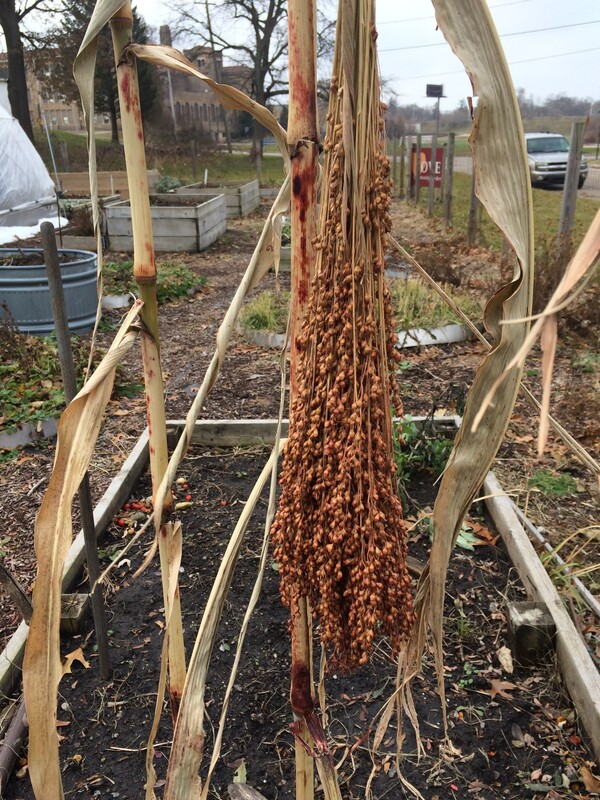
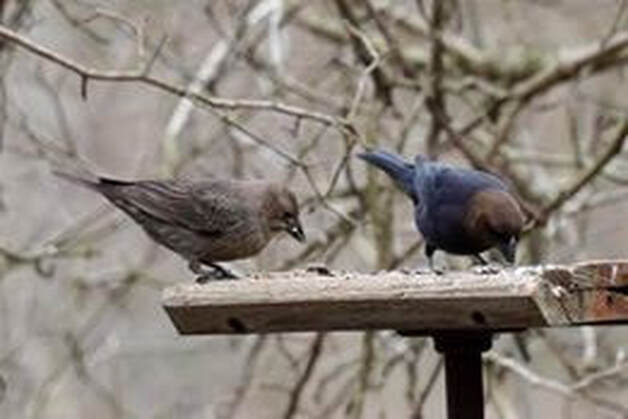
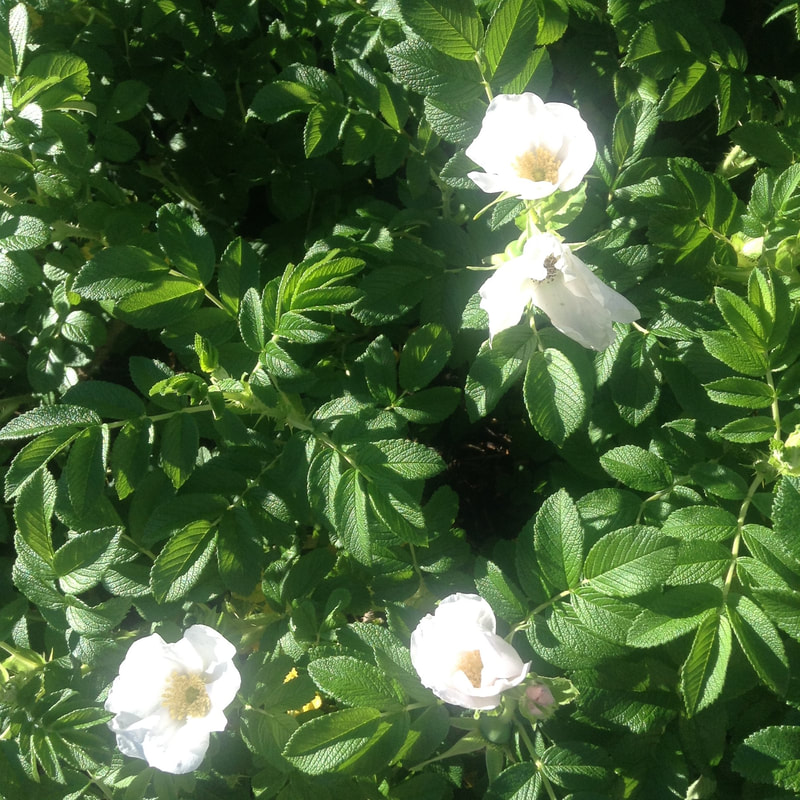
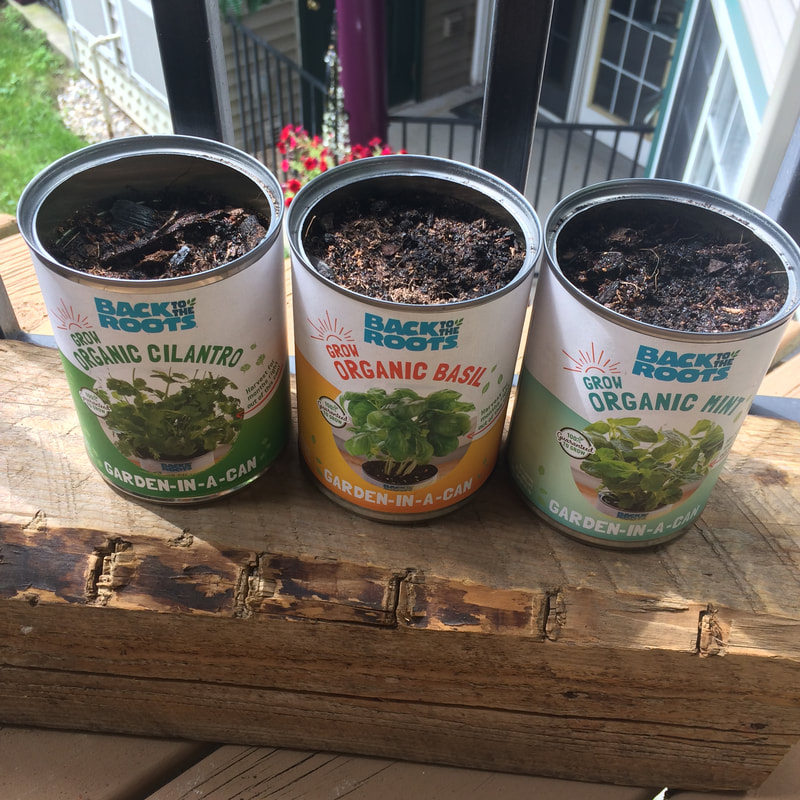
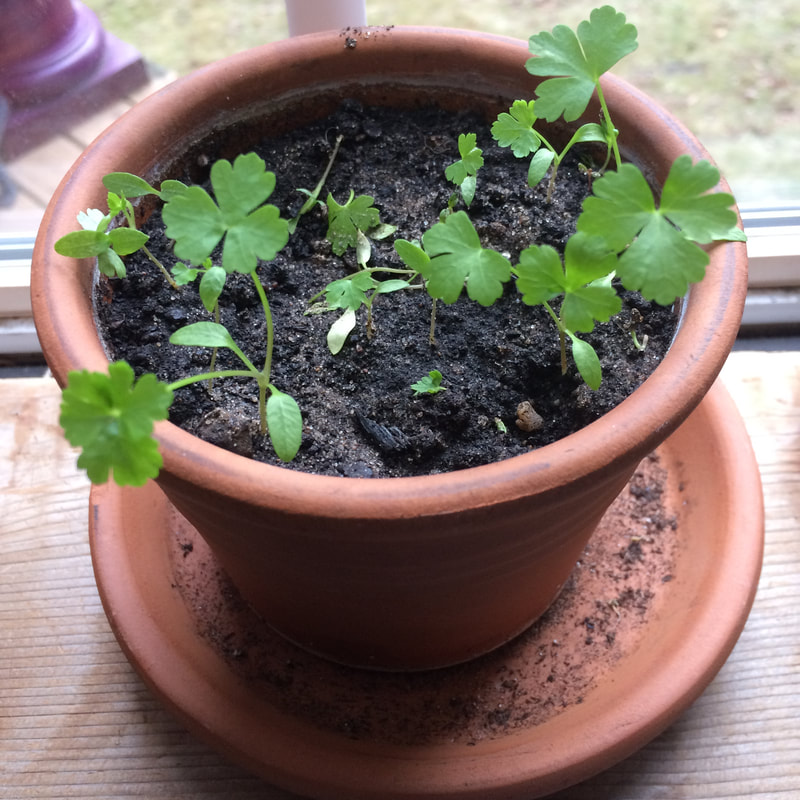
 RSS Feed
RSS Feed